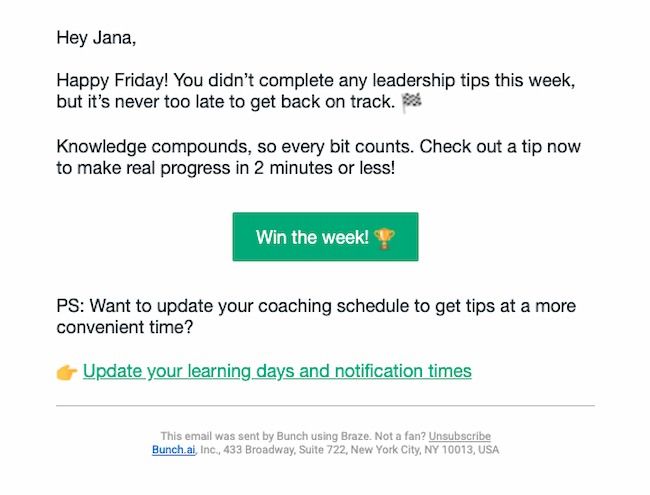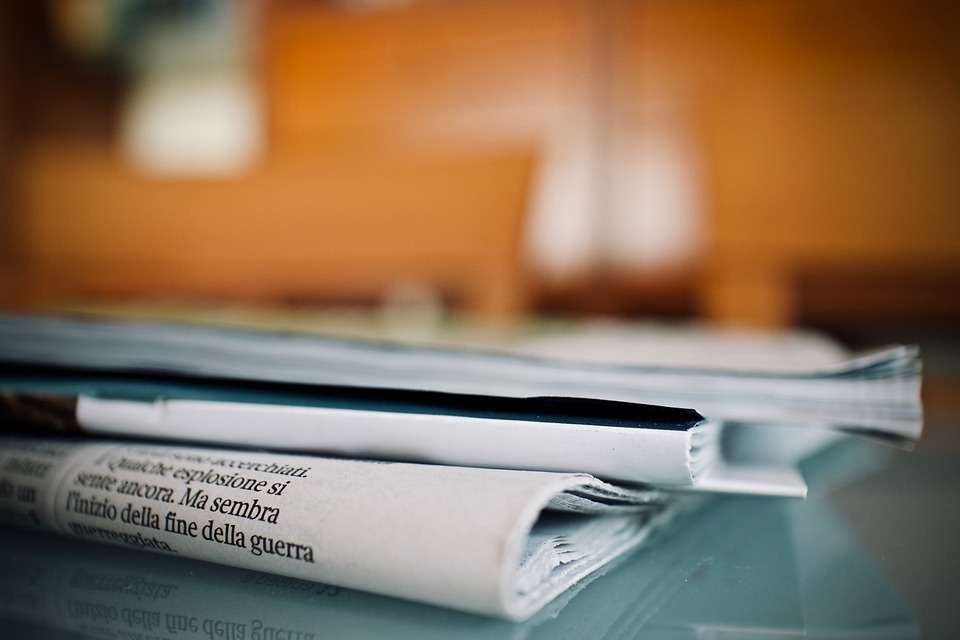Personalized Email Management: Stay Organized and Responsive
Email has become an integral part of our daily lives, both personally and professionally. With the constant influx of messages, it can be challenging to stay organized and responsive. However, with personalized email management techniques, you can improve your productivity and ensure that no important emails slip through the cracks.
1. Prioritize Your Inbox
One of the first steps to effective email management is prioritizing your inbox. Implementing visual and organizational cues can help you quickly identify and categorize emails. Start by setting up labels or folders to classify emails into different categories such as work, personal, or subscriptions. This way, you can directly access the emails you need without wasting time searching through your entire inbox.
2. Create Custom Filters
To further streamline your email management process, consider creating custom filters. Filters allow you to automatically sort incoming emails based on specific criteria. For instance, you can set filters to direct all emails from a particular sender or with specific keywords to predefined labels or folders. This automation saves time by keeping your inbox organized without manual effort.
3. Set up Email Templates
If you often find yourself responding to similar types of emails, such as inquiries or customer support requests, creating email templates can significantly speed up your response time. Templates provide a pre-designed format that you can customize and reuse as per your requirement. By utilizing templates, you can maintain consistency in your responses while reducing the time spent on repetitive emails.
4. Schedule Dedicated Email Time
Constantly checking your inbox can be a major distraction, hampering your productivity throughout the day. Instead, schedule dedicated time slots to go through your emails. By consciously setting aside specific periods for email management, you can avoid interruptions and focus on other essential tasks. Plan these email sessions strategically, perhaps at the start or end of your workday, and ensure that you allocate sufficient time to respond thoughtfully to important messages.
5. Utilize Email Filters and Search Options
Most email clients provide advanced search options to help you find specific emails quickly. By utilizing various search criteria such as sender, subject, or date range, you can pinpoint the exact email you’re looking for. Additionally, you can apply filters to refine your search and narrow down the results. Understanding how to make the most of these features can save you valuable time when trying to locate important information buried in your inbox.
6. Unsubscribe and Manage Subscriptions
It’s common to accumulate a substantial number of subscriptions over time, leading to an overcrowded inbox. Regularly review and unsubscribe from newsletters, promotional emails, or any subscriptions that are no longer relevant to you. This decluttering process will help streamline your inbox and ensure you only receive emails that matter to you. Additionally, consider using tools or services that aggregate newsletter subscriptions into a single email to minimize distractions.
7. Use Email Flags and Reminders
Flags and reminders are useful tools to help you keep track of important emails that require further action or follow-ups. By flagging emails or setting reminders, you can ensure that no critical tasks slip through the cracks. Some email clients even allow you to set reminders that prompt you at specific times or locations. Utilize these features to stay on top of your commitments and maintain a responsive approach to email management.
8. Leverage Email Mobile Apps
In today’s mobile-centric world, it’s essential to have access to your emails on the go. Downloading email mobile apps on your smartphone allows you to stay connected and manage your inbox, regardless of your location. Mobile apps provide convenient push notifications, enabling you to respond promptly to urgent messages while ensuring you stay organized even outside traditional work hours.
9. Regularly Archive or Delete Emails
A cluttered inbox can hinder your ability to focus and find important emails when needed. Develop a habit of regularly archiving or deleting emails that are no longer relevant or require no further action. Archiving older emails allows you to access them later if necessary while keeping your primary inbox clutter-free. Deleting unnecessary emails frees up storage space and improves overall email management efficiency.
10. Practice Email Etiquette
Effective email management goes hand in hand with practicing proper email etiquette. Ensure your email communication is clear, concise, and professional. Respect others’ time by keeping your emails focused and avoiding lengthy, unnecessary messages. Respond promptly to important emails and be mindful of using the “Reply All” option appropriately. By practicing email etiquette, you not only enhance your own organization but also contribute to a positive email culture within your professional network.
Implementing personalized email management techniques is crucial in today’s digital age, where staying organized and responsive can significantly impact your productivity and overall success. By prioritizing your inbox, utilizing filters and templates, scheduling dedicated email time, and practicing email etiquette, you can regain control over your emails and ensure effective communication with colleagues, clients, and friends. Embrace these strategies and witness the transformation in your email management skills.


